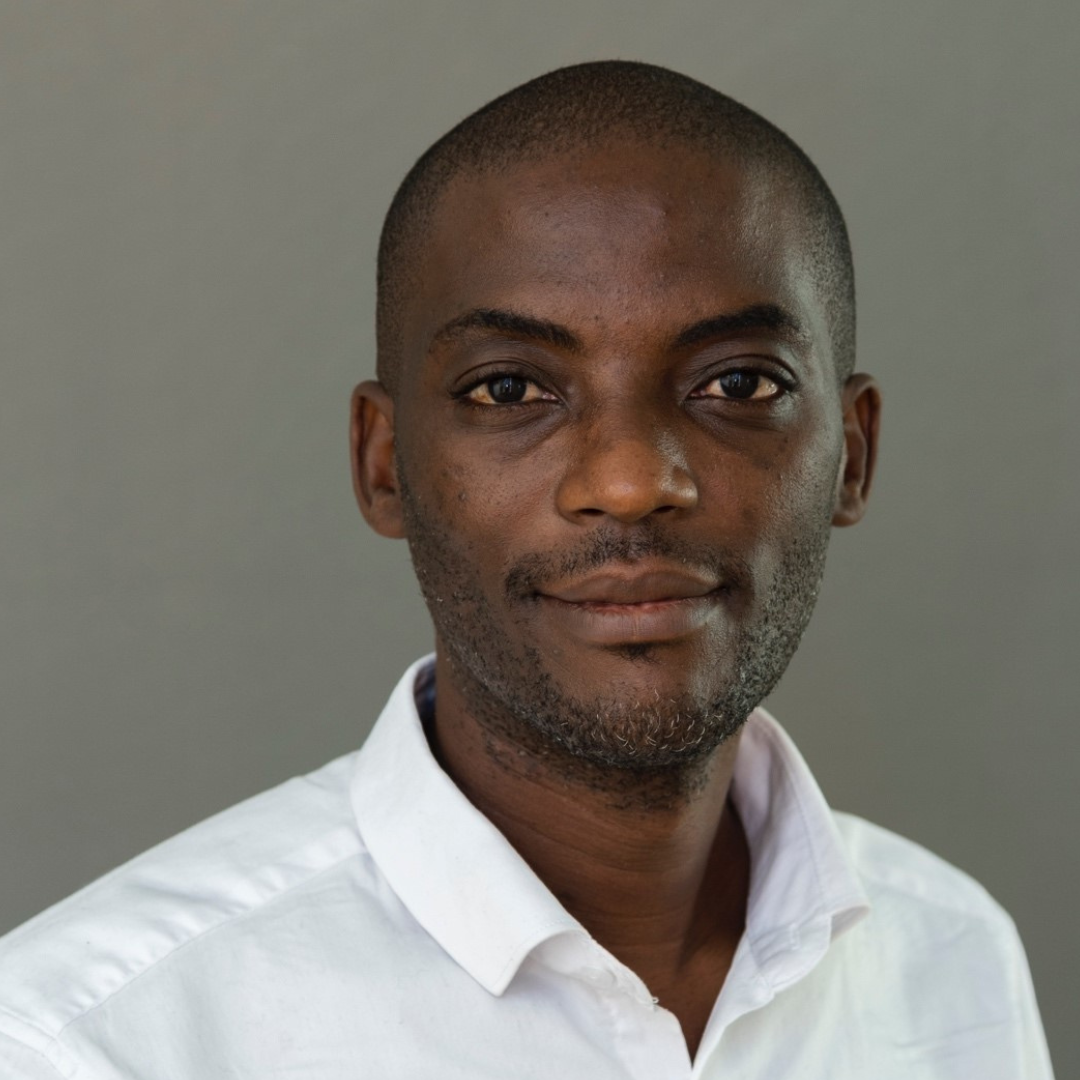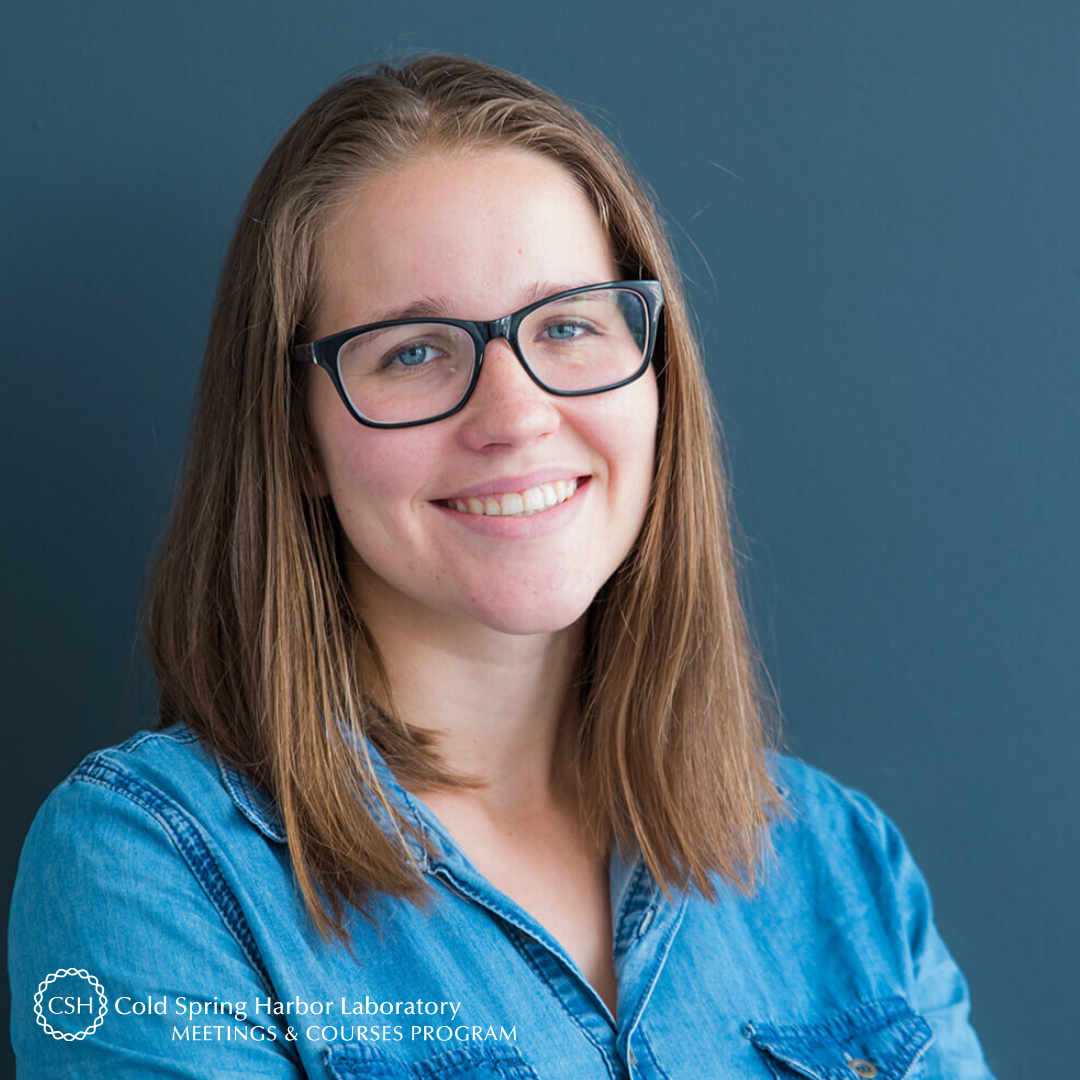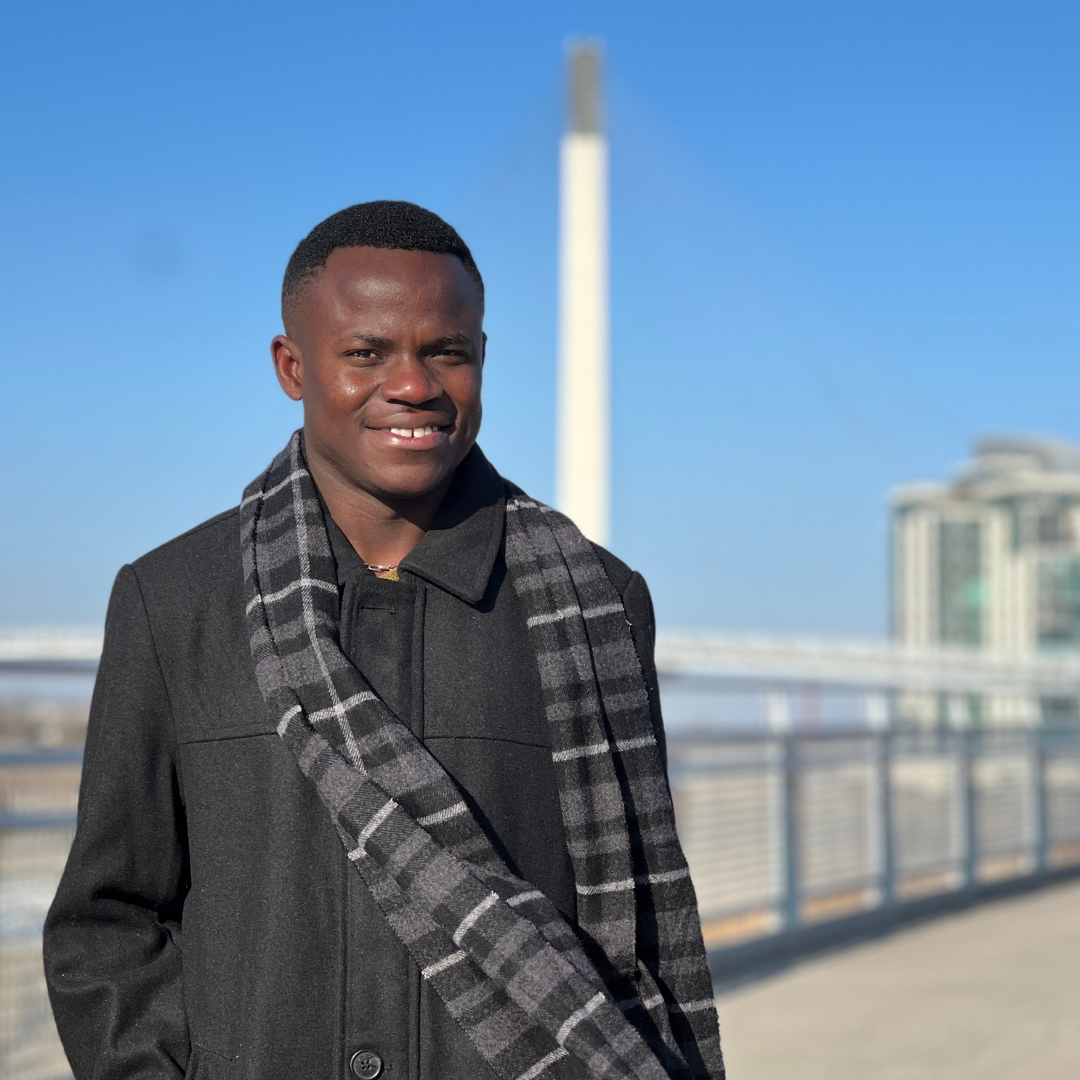Meet Nico Wahl of the Institute for Neuroscience in Medical University of Innsbruck (Austria). The German national is a PhD Student in Georg Dechant’s lab and is taking part in his first meeting at CSHL: Genome Organization & Nuclear Function; where he presented a poster entitled “SATB2 Organizes the 3D Genome Architecture of Cognition.”
Tell us about your research.
Our lab is interested in how the neuronal nucleus adapts and processes information for an entire lifetime. To get a deeper understanding into these processes we study a nuclear protein called SATB2 that binds to DNA and modulates its 3D structure to regulate important neuronal genes.
How did you decide to focus on this area/project?
I was always intrigued by how we make the information in our genome accessible. Since all our cells have the same DNA we have to regulate these genes in a highly coordinated fashion. Our lab has the tools and model systems to answer parts of this fundamental question which helped me choose the project I am currently working in.
What and/or who is the inspiration behind your scientific journey?
Neuroscientists seem to struggle to explain how the experiences we gather during our life become encoded into the epigenome inside the neuronal nuclei of our brain. Here I find my inspiration to provide mechanisms on how these adaptive processes shape who we become.
What impact do you hope to make through your work?
So far there are no studies about classical transcription factors that affect the 3D genome of neurons. We hope to provide data about the complex interplay between synaptic activity and nuclear proteins that shape the genome structure in the future.
What do you love most about being a researcher?
I really like the entire process: from formulating a hypothesis to answering it by conducting the right experiments. The joy of studying something no one has ever described before is what excites me.
What drew you to attend this meeting?
The selection of speakers and organizers is excellent and provides a broad overview of the topics currently studied in the field.
What is your key takeaway from the Meeting; and how do you plan to apply it to your work?
There are always different viewpoints to how people perceive science. This meeting gives an opportunity to present your thoughts to a large audience and discuss the various viewpoints that will help generate new ideas and inspiration for future work.
What feedback or advice would you share with someone considering to participate in this meeting?
Time at the meeting is limited so engage with as many people as possible to discuss novel ideas.
What’s the most memorable thing that happened during the Meeting?
After the pandemic it is such a joy to talk with people face-to-face and engage in inspiring discussions. Meeting some of the leaders in the field and introducing them to my ideas was especially helpful.
How was your experienced presenting a poster at this meeting?
Presenting a poster varies each time because--depending on their scientific background--people look at your research from a different angle. It is always interesting to receive comments and notes from peers to implement into your work.
What do you like most about your time at CSHL?
The surrounding at CSHL is really beautiful. The contrast of sitting in the audience listening to the newest science and leaving the auditorium to step directly into this green campus was a huge joy.
Thank you to Nico for being this week's featured visitor. To meet other featured researchers - and discover the wide range of science that takes part in a CSHL meeting or course - go here.
Image provided by Nico Wahl
























































